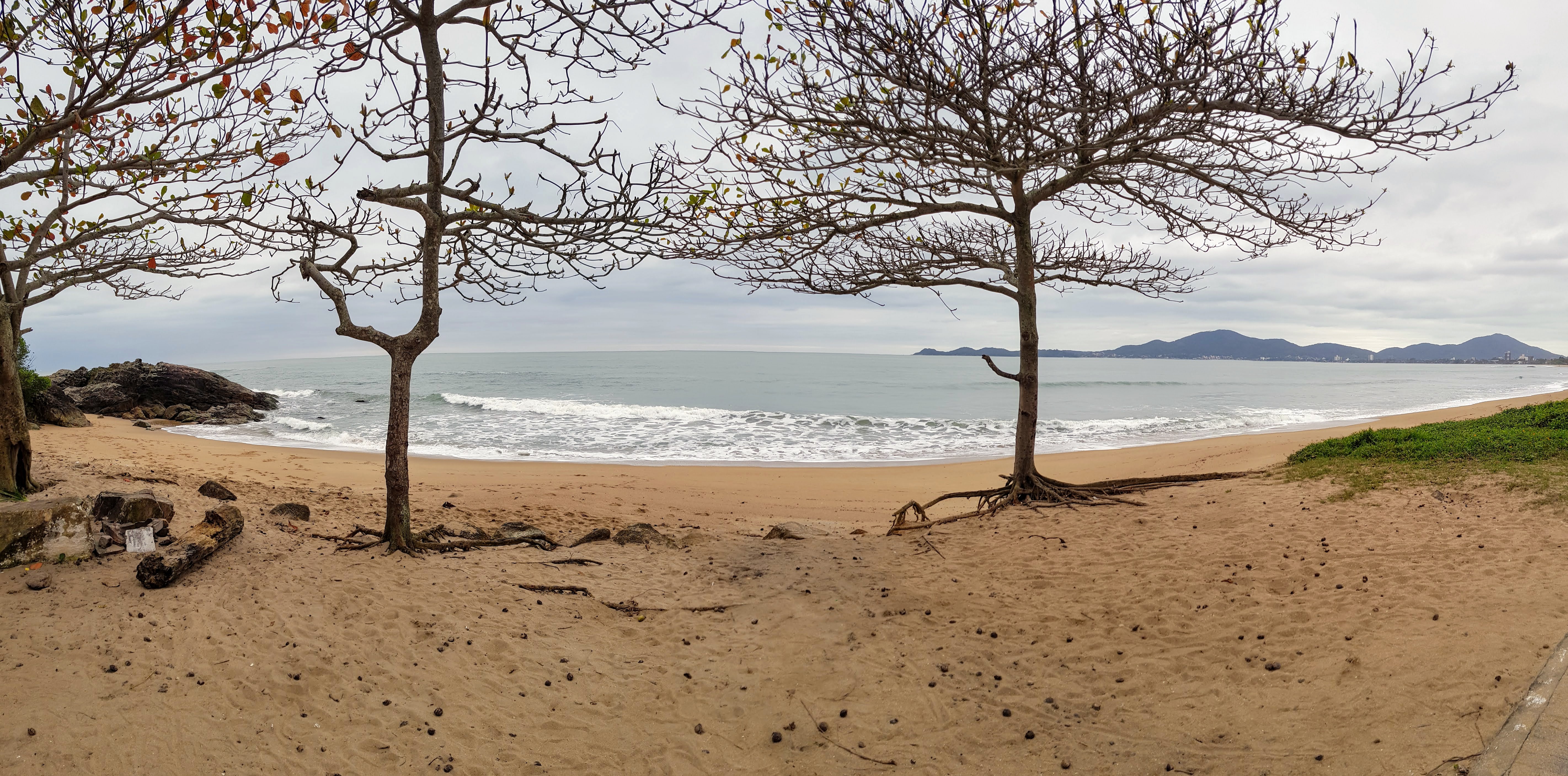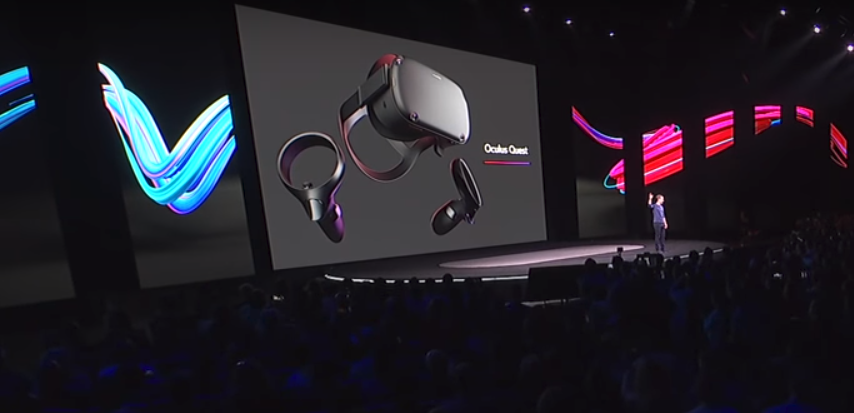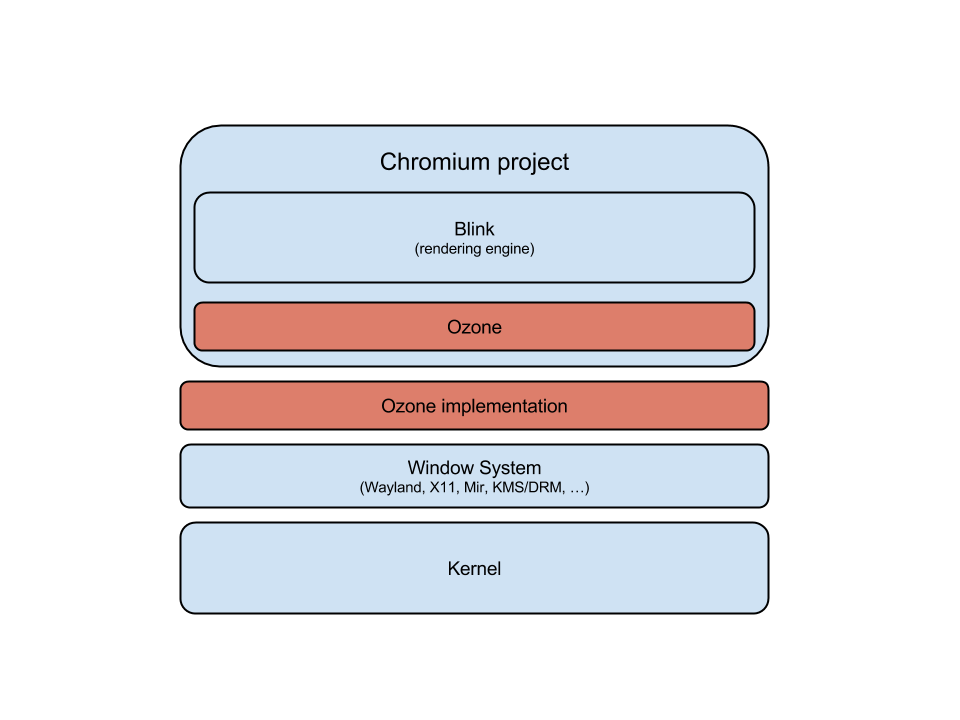My Startup Dream
Prototyping
At the beginning of 2016, myself, Tuomas and João drafted out a skateboard business in Brazil. João, blasé about his electrical engineering endeavours, desperately wanted to practice skydiving and live abroad. He was down to whatever to accomplish his goals, and so he was alright with the much lower endorphin that skateboarding was proving also. That was great, because besides being a great and funny friend, he was also a truly handyman, and we needed that kind of person in our business.
Stars Aligned
In the midst of the worst health crisis, disturbing patriotism doctrines and a myriad of digital vices that became the gateway to the respect and love that we all crave, my brother recently gave us fulfilling reasons to celebrate The Great Life.
Although the picture below is by itself mesmerizing, that unique moment captured requires a deeper explanation.

What you’re seeing is myself and Marianna marrying André, un chevalier parfait, and Francine, la bella. Just like all very fortunate best man and bridesmaid, we were the only ones present and allowed to be there, due to pandemic sanitary measures happening in Curitiba during the period of the ceremony. Also, in the picture you’re seeing Francine carrying a baby; yes, you are actually seeing the five of us therefore! As if these two spectacular reasons were not sufficient for celebration, the entangled destinies of nature have presented the wedding ceremony on the 6th of March, the exact birthday of our beloved grandma (“a vó”), who has raised me and André.
Quilombo
This is Praia do Quilombo, city of Penha, Santa Catarina.
Oculus Quest
Oculus Quest. It’s a cool step forward, no doubt: an all-in-one headset, with touch controllers, inside-out 6DOF tracking, no sensors, no wires, headphones and so on. Neat! I can’t wait to put my hands on it… but, there’s a but:
“It runs rift quality experiences”, that’s Zuckerberg’s words. And they’re twice wrong.
Rift device runs tethered to a PC, which is a x86 architecture based machine. The Quest will be running on a Snapdragon 8xx processor, which is a mobile processor, SoC architecture. There’s no way to compare the mobile architecture’s processing capabilities with the x86 one and its way more powerful CPUs / GPUs – roughly speaking, one focuses on power consumption while the other on performance.
Chromium Ozone-GBM explained
About a year ago Ozone platform abstraction layer started to take its shape in Chromium and we were excited how easily we could support Wayland platform using it. Everything went great and we helped a few Chromium targets like Crosswalk to debut in the Tizen ecosystem for example. More recently, different Ozone platforms have been implemented and only now it’s becoming evident the significance of Ozone for Chromium Linux, generally speaking.
[video] Chromium Browser on Wayland
Some state-of-the-art progress of the project we’re proudly working with:





